Many chickens start to lay eggs between 4 and 6 months, depending on the breed.
If a healthy and mature don’t lay enough eggs, there can be several reasons such as seasonal changes, nutrition, stress, and others,
So, some simple tweaks can improve egg production, and here are some ways.
1. Provide a High-Quality Layer Feed
Keepers often feed their chickens a premium laying mash or pellet.
Besides, some fresh fruit, veggies, meal worms, and other healthy treats are also required to make them happy and healthy. Also, the layers need protein, calcium, and other essential nutrients.

You can give your hen protein ranging from 16 to 20 percent depending on age.
Premium pallets contain the required protein along with vitamins and minerals.
2. Ensure a Consistent Feeding Schedule
How often do you feed your chickens?
I suggest you give them 2 – 4 times a day based on the meal size. 16-week-old chickens may need 4 ounces of feed every day.
Chickens prefer small portions of meal throughout the day instead of a large chunk at once.
The irregular feeding affects egg-laying cycles. Both hungry and obsessed hens don’t lay due to tension in their ongoing diet.
So you need to visit the coop many times throughout the day if you have been backyard farming. For this, you need to make a feeding alarm or routine to get in the track.
3. Supplement Their Diet with Calcium & Grit
As eggshells are made of calcium, there should be enough calcium. If not, the ladies will be depleted, worsening both their health and egg quality and quantity.
One thing you can do about it.
Crush oyster shells into tiny pieces, collect them in a container, and place them in a coop accessible to chickens.
You can also use your own chicken eggshells that have already been out of use. Air dry and crush them, and feed your ladies calcium supplements.
4. Provide Clean, Fresh Water at All Times
Due to the warm environment, chickens need plenty of water in the summer. So, keep their drinkers full with clear, fresh water.
Also, you need to check their drinker in the winter as the freezing temperature can turn water into snow.
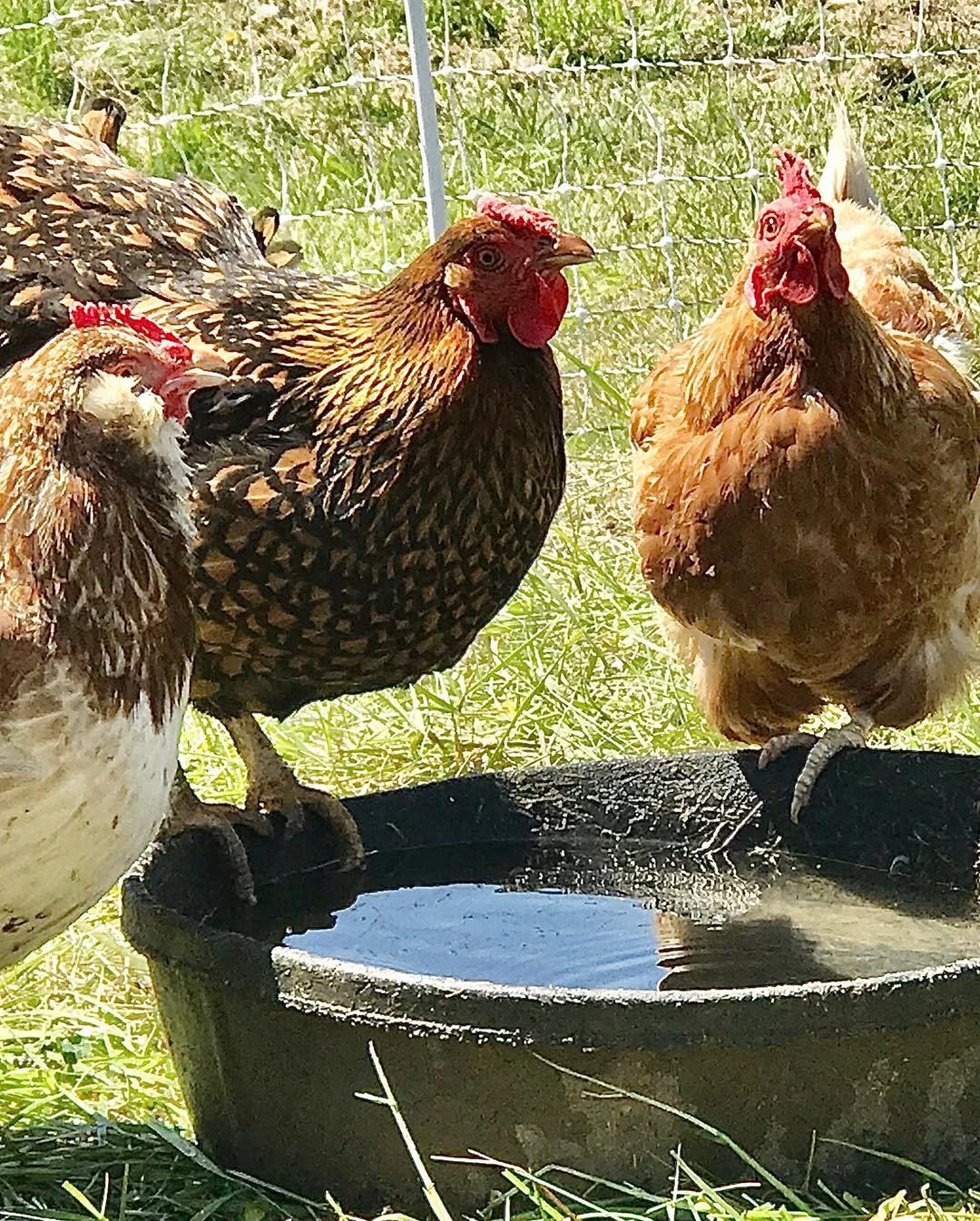
As standing water may contain bacteria and parasites, you need to check the water source before offering the chickens.
Also, avoid muddy puddles or other polluted water sources.
5. Ensure Adequate Lighting in the Coop
Egg production is also light-oriented.
Hens primarily need 14 – 18 hours of daylight a day at the peak laying. This is directly related to spring and summer when the resources are enough for egg production and raising babies.
Also, if you want your chickens lay eggs in the winter, make sure you have provided them with 16 – 18 hours of daylight.
I know that winter days are shorter, so you can install artificial lighting.
6. Give Them Enough Space & a Comfortable Coop
You shouldn’t throw your chickens in the narrow or small enclosure thinking they are only animals.
They can’t live in the crowded environment.
The coop or runner must be big enough for chickens to move freely, flap their wings, and eat and drink comfortably.
If not, your chickens start pecking each other, and that mounts to cannibalism. They can eat their own eggs, injure their flockmates, and destroy the social order.
In such situations, the weak chickens get trapped and injured.
So, you can plan 4 feet of space per chicken for the coop and 8 feet per bird for the runner. If you have a free-range system, you may save space in the coop.
7. Keep Nesting Boxes Clean and Cozy
Your ladies won’t sit on the moist and hard objects.
They need ideal nesting box conditions to encourage egg-laying. A clean nesting box with comfordable bedding can do wonders.
Make sure to add soft surface bedding materials such as straw, recycled newspaper pellets, or pine shavings.
The soft bedding also ensures the eggs are safe and unbroken.
Besides, it helps chickens incubate and hatch eggs, protecting the warmth under their wings around the eggs.
8. Minimize Stress & Protect from Predators
Your hens can also delay or stop laying eggs due to fear.
If your farm or homestead is near the woods, there’s a high chance that many predators, including foxes, coyotes, and raccoons, visit the birds’ enclosure.
They try to snatch the birds even at a failed attempt.
This can also terrify your chickens, so design predator-proof coops and runs. Besides, you can assign a trained dog to protect your backyard.
There are also some other sources of stress, including noise from flockmates or other animals in the farm.
So, manage noise levels and handle chickens gently. Also, a healthy rooster-to-hen ratio should be maintained to avoid force breeding.
9. Maintain Proper Coop Ventilation
Like humans, chickens don’t like to eat, sleep, and socialize in a muddy and dirty setting.
So, keepers need to sanitize the coop regularly. If small numbers of birds, once a week is okay. When doing this, you must ensure the coop ventilation is working correctly.
Don’t you know airflow affects chicken health and egg-laying?
Some signs of poor ventilation include moisture buildup and an ammonia smell.
So, keepers need to assign the professional to improve airflow without causing drafts if they cannot do it by themselves.
10. Prevent & Treat Parasites and Diseases
Some common culprits include mites, lice, and worms. These parasites suck the blood of chickens lie under wings and on legs at night.
They reduce the immunity of your birds, and they will start getting sick.
Let a laying ability alone. If they remain unnoticed for longer, the number of your birds decrease surprisingly in the coop.
So, as a keeper, you need to check your chickens turn by turn and inspect their head, feathers, and legs for parasites.
Make a routine once a week for a small flock. If it is large, you can hire professionals or others.
11. Choose the Right Chicken Breeds
It’s not fair to expect a large amount of eggs from nonlayers or average layers.
Some of the best egg-laying breeds include Rhode Island Red, Leghorn, and Australorp. Meat production breeds and ornamental chicken breeds are not layers.

Egg-producing chickens can lay around 300 eggs in a single year.
You can choose breeds based on different climates and setups.
12. Let Chickens Molt Naturally and Recover
What irritates chickens is their shedding feathers. Yes, molting is a natural process that comes every year, which troubles chickens, especially layers.
You can do nothing about falling feathers, but you can help your birds recover their feathers.
Take care of their diet and water. You can increase protein intake along with vitamins and minerals.
Second, arrange a hiding place for the hens. This can help them avoid harassment from flocks and invasion from predators.
Final Thoughts
You can expect your chickens to have peak egg production from 8 months to 2 years,
Then, they slow down their laying, which is natural, and you need not make any effort about it.
So, I often take care of my layers from the beginning to get the most out of them at their peak production and then make them table birds.



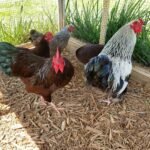


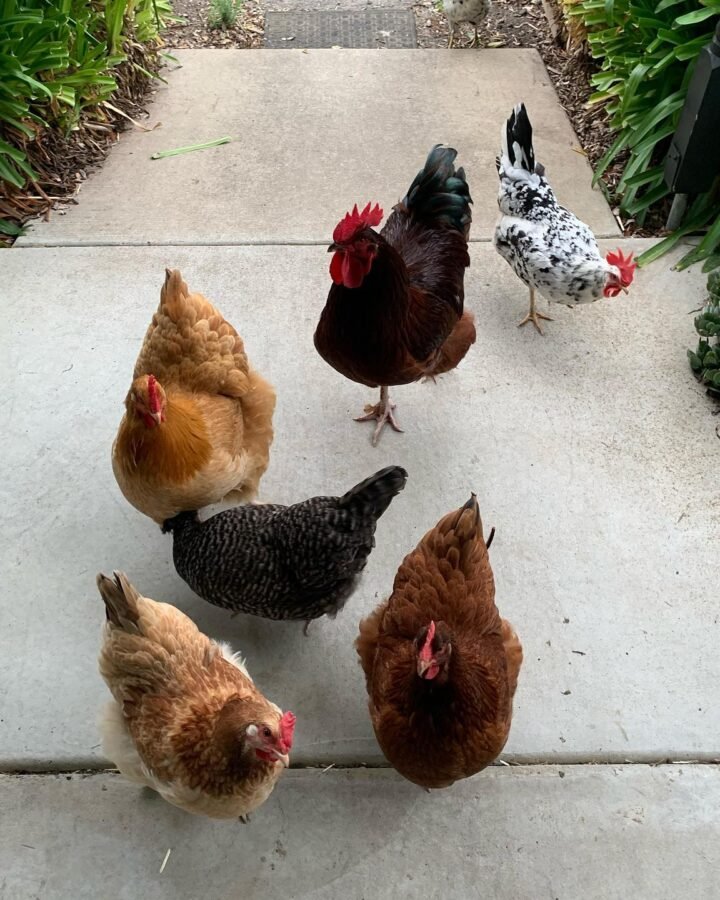

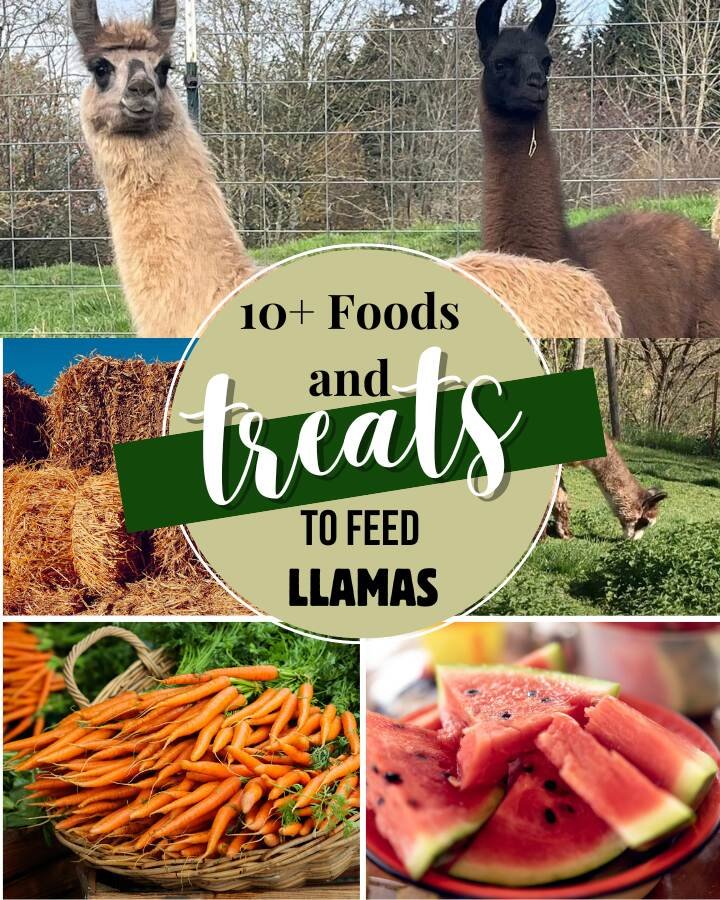
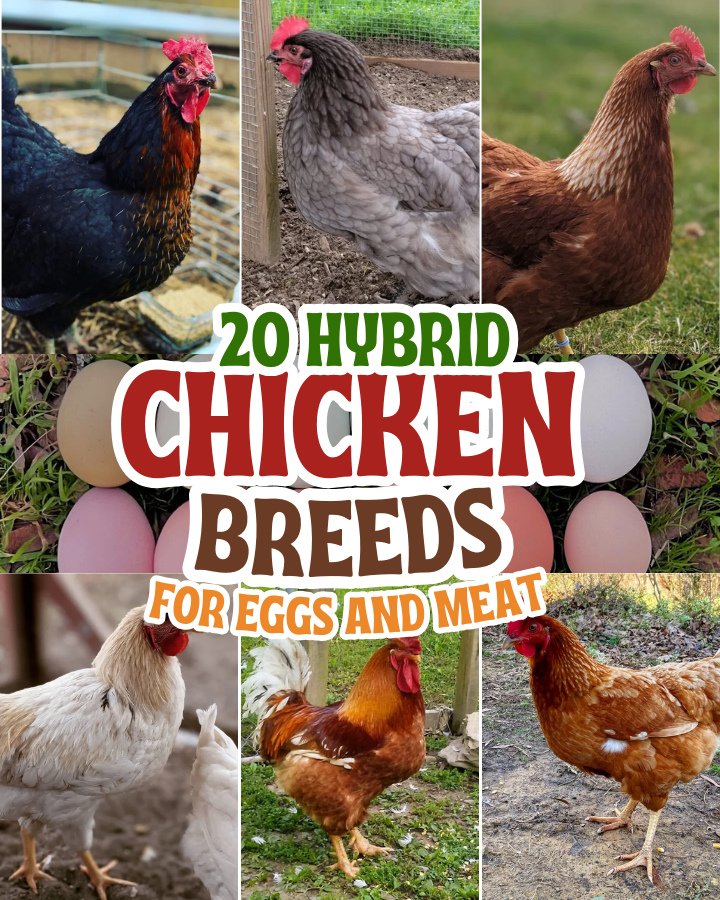
Leave a Reply